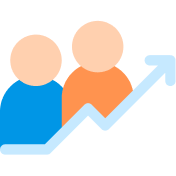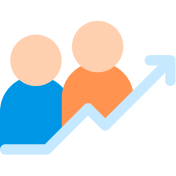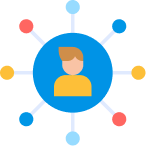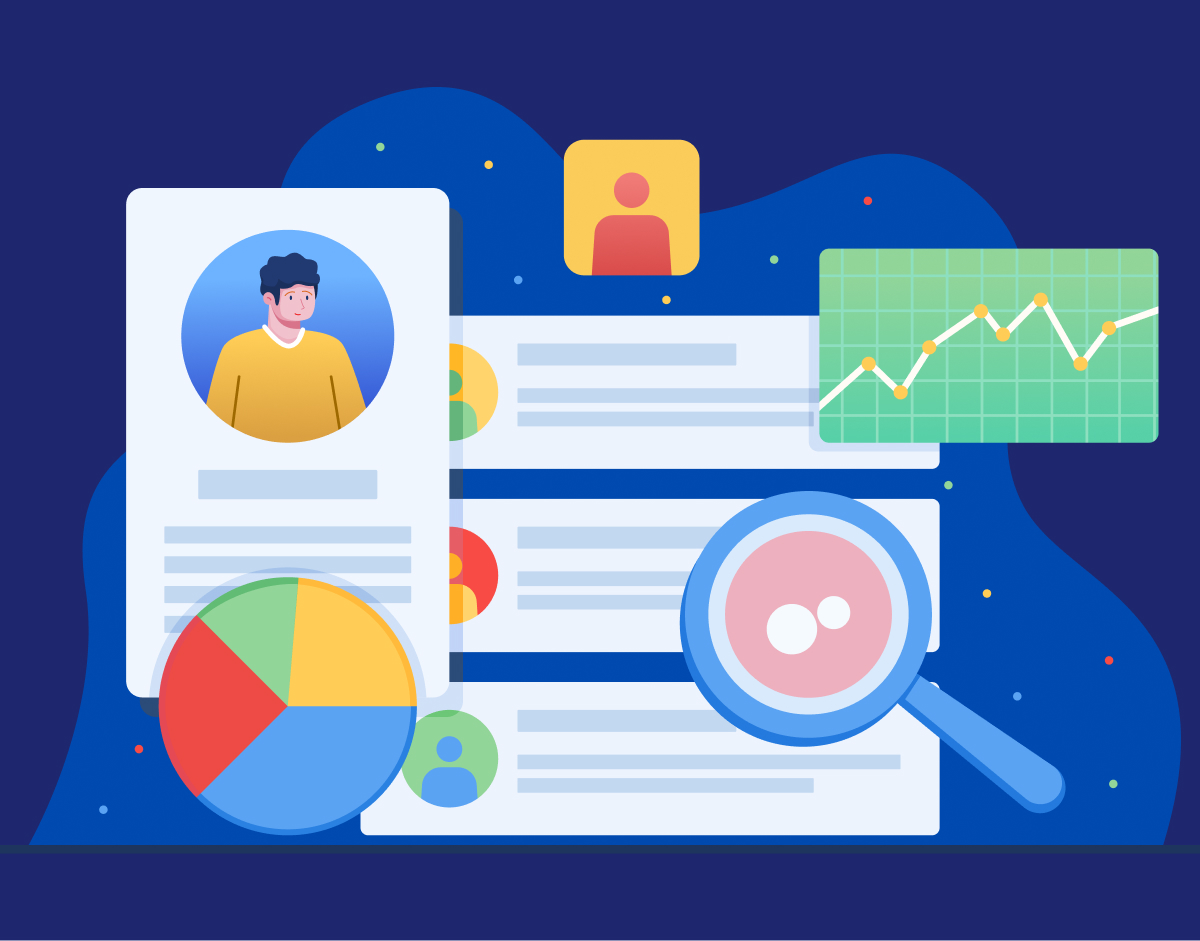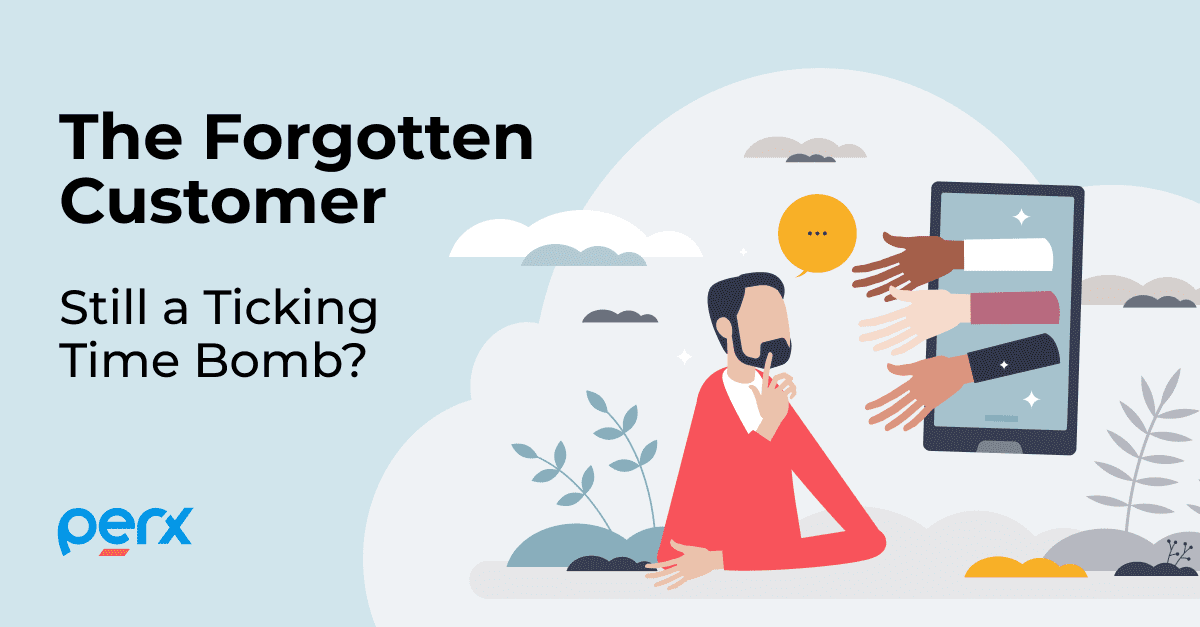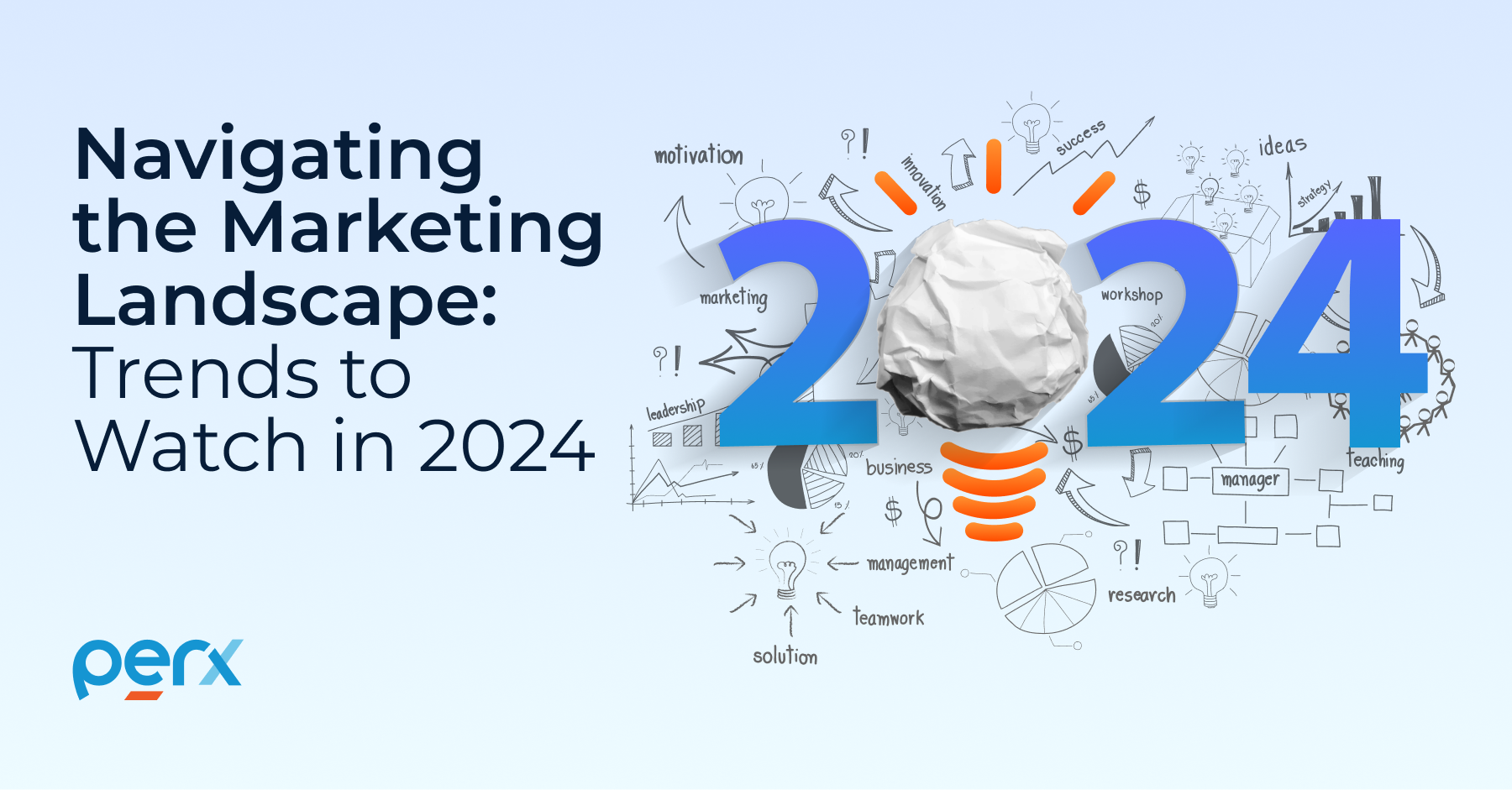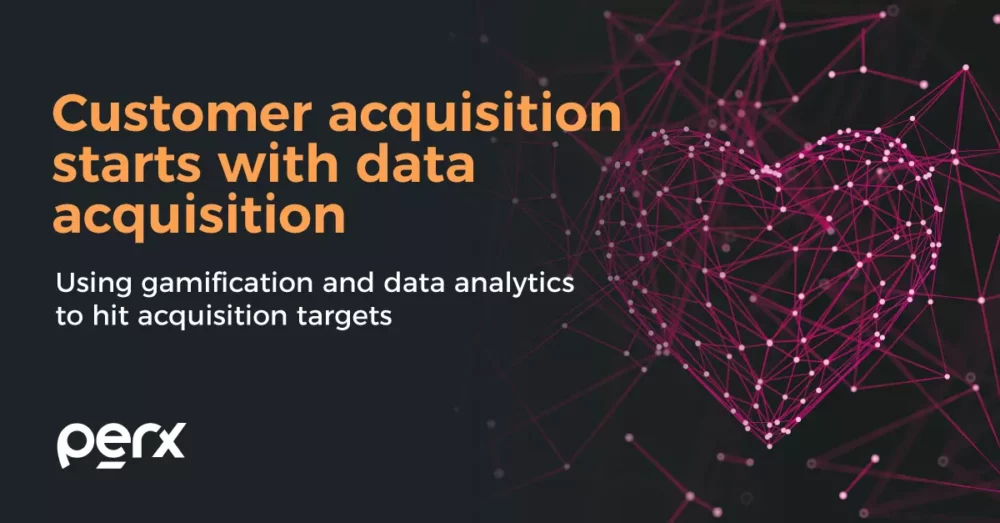Unlocking Sustainable Success: Utilizing Customer Retention Rate Calculations

Unlocking Sustainable Success: Utilizing Customer Retention Rate Calculations
Regularly monitoring customer retention rates allows brands to uncover valuable insights on strategy effectiveness, paving the way for their long-term success.
In today’s highly competitive business landscape, achieving sustainable success demands a steadfast focus on fostering customer retention and cultivating unwavering loyalty. But, to develop effective strategies, businesses must first understand their current position with regard to these areas.
This is where the customer retention rate comes in.
Customer Retention Rate
What is It?
Customer retention rate (CRR) is the percentage of a business’ current or existing customers who remain its customers after a given period of time. By regularly monitoring and analyzing this essential metric, businesses can better understand the factors that drive customer loyalty, as well as the elements that contribute to customer churn, ultimately helping them retain a solid customer base.
Further, by comparing calculated CRRs to industry averages, businesses can gain valuable insights to determine their own benchmarks for a “good CRR.” While average CRR values may vary across industries, a higher rate generally indicates stronger business performance.

Here are a few examples of such industry average CRRs as of 2023:
- Insurance: 83%
- Telecommunications: 78%
- IT & Software: 77%
- Banking: 75%
- Retail: 63%
How to Calculate It?
To calculate your customer retention rate, simply follow this formula:
![]()
Let’s explore the following examples to better understand this concept.
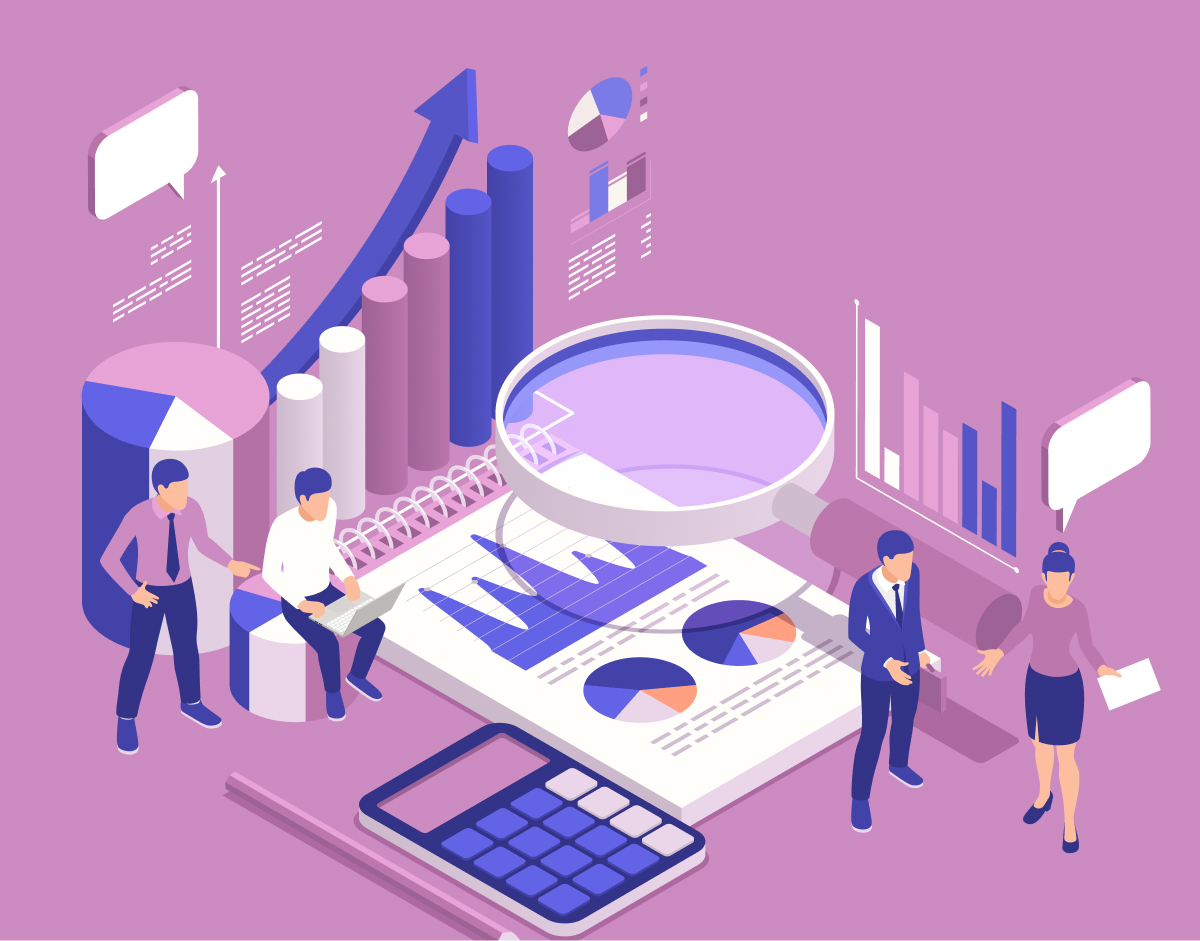
Example 1
Let’s say you own a boutique. You started out the year with 250 customers and ended it with 270. During the year, you managed to acquire an additional 100 first-time customers. What is your CRR?
To calculate this, we have to first outline what each number represents:
# of Customers at the End of the Period: 270
# of Customers Acquired in Period: 100
# of Customers at the Start of Period: 250
Now that we have these numbers, we plug it in to the formula:
![]()
From the calculations, this means that your boutique retained 68% of your customers. As the average CRR for retail is 63% as of 2023, your business is performing slightly better than others in your industry.
Such information may indicate that your strategies are performing well, giving you the green light to continue with current efforts.
Example 2
Imagine you are the marketing analyst of an internationally-renowned hotel chain. At the start of January 2023, your business had 200 million customers. At the end of December 2023, your business had 180 million customers. During the year, you acquired 70 million new customers. What is your CRR?
First, the outline:
# of Customers at the End of the Period: 180 million
# of Customers Acquired in Period: 70 million
# of Customers at the Start of Period: 200 million
Next, the plug ins:
![]()
The CRR results show that your hotel has managed to retain 55% of your customers in this time period. As the average CRR for travel & hospitality is 55% as of 2023, your business is performing at par with others in your industry.
While such information indicates that your strategies are performing decently well, it may suggest a need to adjust certain aspects of the business to better differentiate yourself from competitors.
Example 3
Picture this. You are performing yearly checks on your customer retention rate for a clinic. Last year, your retention rate was right on the healthcare industry average of 77%. At the start of this year, the clinic had 1,000 patients on file. At the end of it, this number decreased to 870. During the year, the clinic managed to acquire 150 new patients. What is the clinic’s CRR for this year?
First, the outline:
# of Customers at the End of the Period: 870
# of Customers Acquired in Period: 150
# of Customers at the Start of Period: 1,000
Next, the plug ins:
![]()
Unfortunately, the CRR shows that your clinic only retained 72% of your customers this year. As this number is lower than your results from last year, and that of the average CRR for healthcare, your business is unfortunately underperforming relative to others in your industry.
Such information may serve as an indication that particular aspects of your business, be it customer service, acquisition, engagement, or other areas, may benefit from improvement. By conducting additional research and analyses, businesses can then gain a clearer understanding of the specific aspect(s) that require attention, allowing for better-informed strategies going forward.
Conclusion
Overall, consistent monitoring of customer retention rates (CRRs) is crucial for attaining sustainable success. By pushing firms to pinpoint areas for improvement and adjust strategies accordingly, this practice ultimately helps to cultivate unwavering customer loyalty and foster long-lasting consumer relationships.
Unlock the full potential of your customer retention efforts by exploring the Perx Platform. This wallet-friendly solution offers a seamless yet innovative way to engage with consumers. Book a demo today to learn more about how Perx can bolster your customer retention initiatives to build lasting connections with your valued consumers.
Recommended for you

Customer Engagement, Gamification, Gamified Badges

Customer Engagement, Gamification, Gamified Badges

Engagement, Customer Loyalty, Personalized Rewards

Engagement, Customer Loyalty, Personalized Rewards
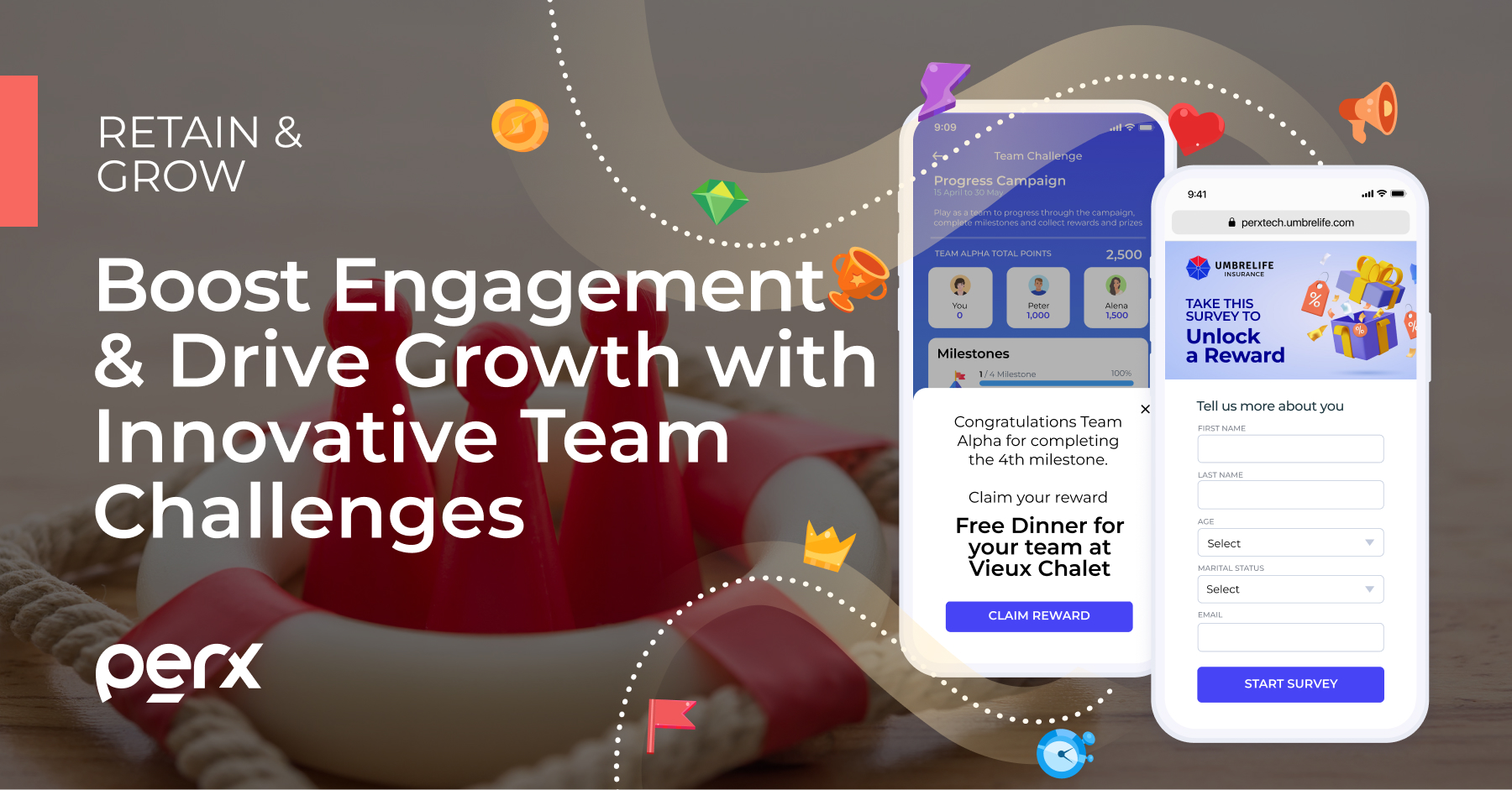
Customer Engagement, Gamification, Loyalty
Ready to join them?


















